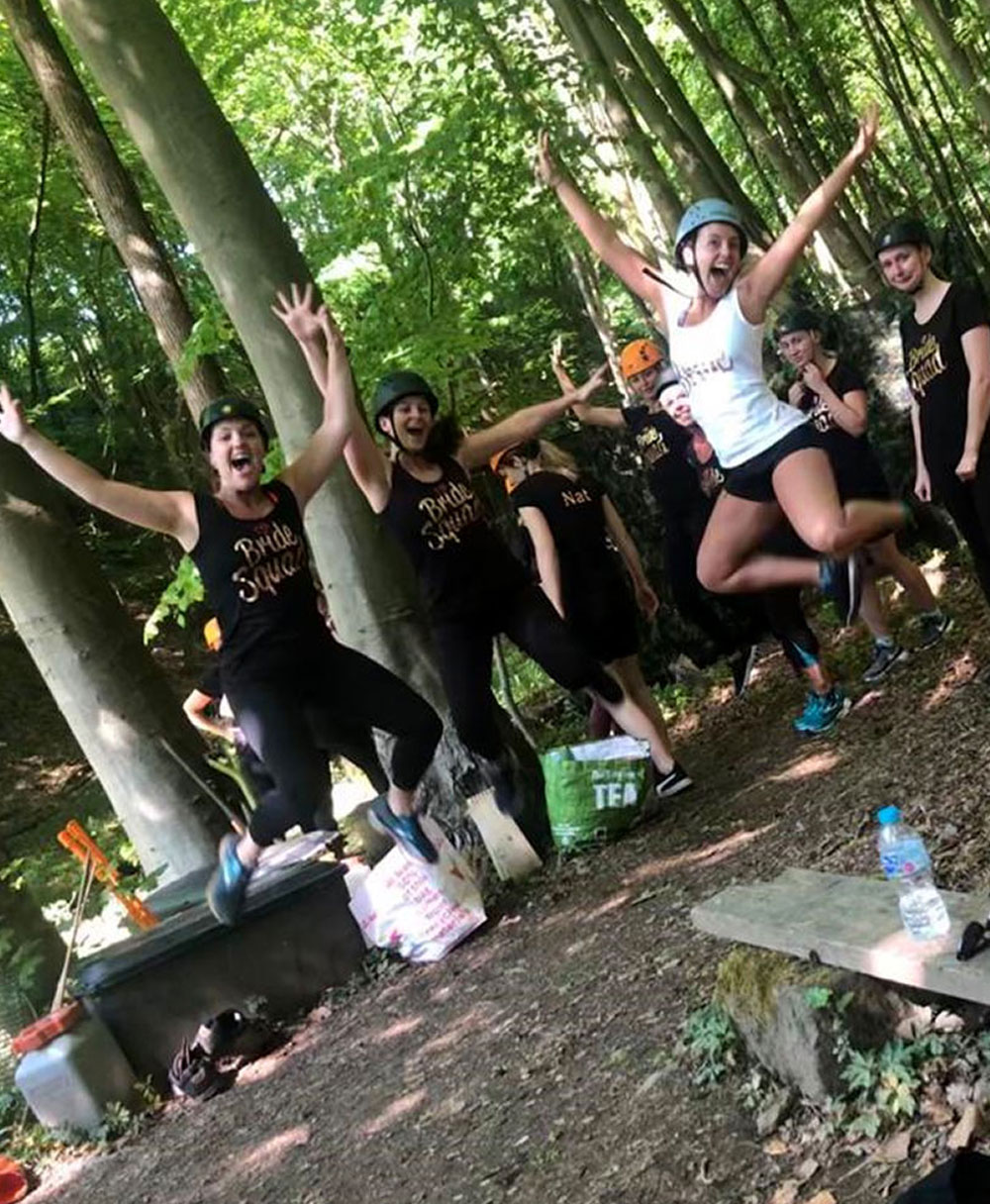Article published: June 11th, 2012
There are twelve established C’s that can be applied when building a successful team, according to Susan. M. Heathfield, team building author, as seen on About.com. Belonging to a team in the broadest sense is a result of something larger than ones self. It has a great deal to do with ones understanding of the ‘mission objective’ of your organisation.
Team members in every workplace talk about “building the team”, working as a team, and my team, but according to Heathfield, few understand how to create the experience of team work or how to develop an effective team. Belonging to a team, in the broadest sense, is a result of feeling part of something larger than yourself. One such way of encouraging the belonging to a team is through Team Building Peak District style i.e providing a bespoke weekend of outdoor activities across multiple outdoor activity centres in the Peak District, managed by an outdoor activity specialist, such as Hard Day’s Knight.
In a team-oriented environment, individual members contribute to the overall success of the organisation. Even though they have a specific job function and belong to a specific department, they are unified with other organisation members to accomplish the overall objectives.
Heathfield identifies what she refers to as 12 C’s for Team Building and these comprise:
Clear Expectations: Does the work of the team receive sufficient emphasis as a priority in terms of the time, discussion, attention and interest directed its way by executive leaders?
Context: Does the team understand where its work fits in the total context of the organisation’s goals, principles, vision and values?
Commitment: Do team members expect their skills to grow and develop on the team? Are team members excited and challenged by the team opportunity?
Competence: Does the team feel it has the resources, strategies and support needed to accomplish its mission?
Charter: Does the leadership team or other coordinating group support what the team has designed?
Control: Are limitations (i.e. monetary and time resources) defined at the beginning of the project before the team experiences barriers and rework?
Collaboration: Is the team using an appropriate strategy to accomplish its action plan?
Communication: Do team members communicate clearly and honestly with each other? Do team members bring diverse opinions to the table?
Creative Innovation: Is the organisation really interested in change?
Consequences: Can contributors see their impact on increased organisation success?
Coordination: Is the organisation developing a customer-focused process-focused orientation and moving away from traditional departmental thinking?
Cultural Change: Is the organisation planning to or in the process of changing how it rewards, recognises, appraises, hires, develops, plans with, motivates and manages the people it employs?
Of course, the above simply touches the tip of the iceberg from Heathfield’s writing. But for more information on staging successful Team Building Peak District weekends to help facilitate the above, please get in touch with a member of our team to discuss your objectives and requirements!




